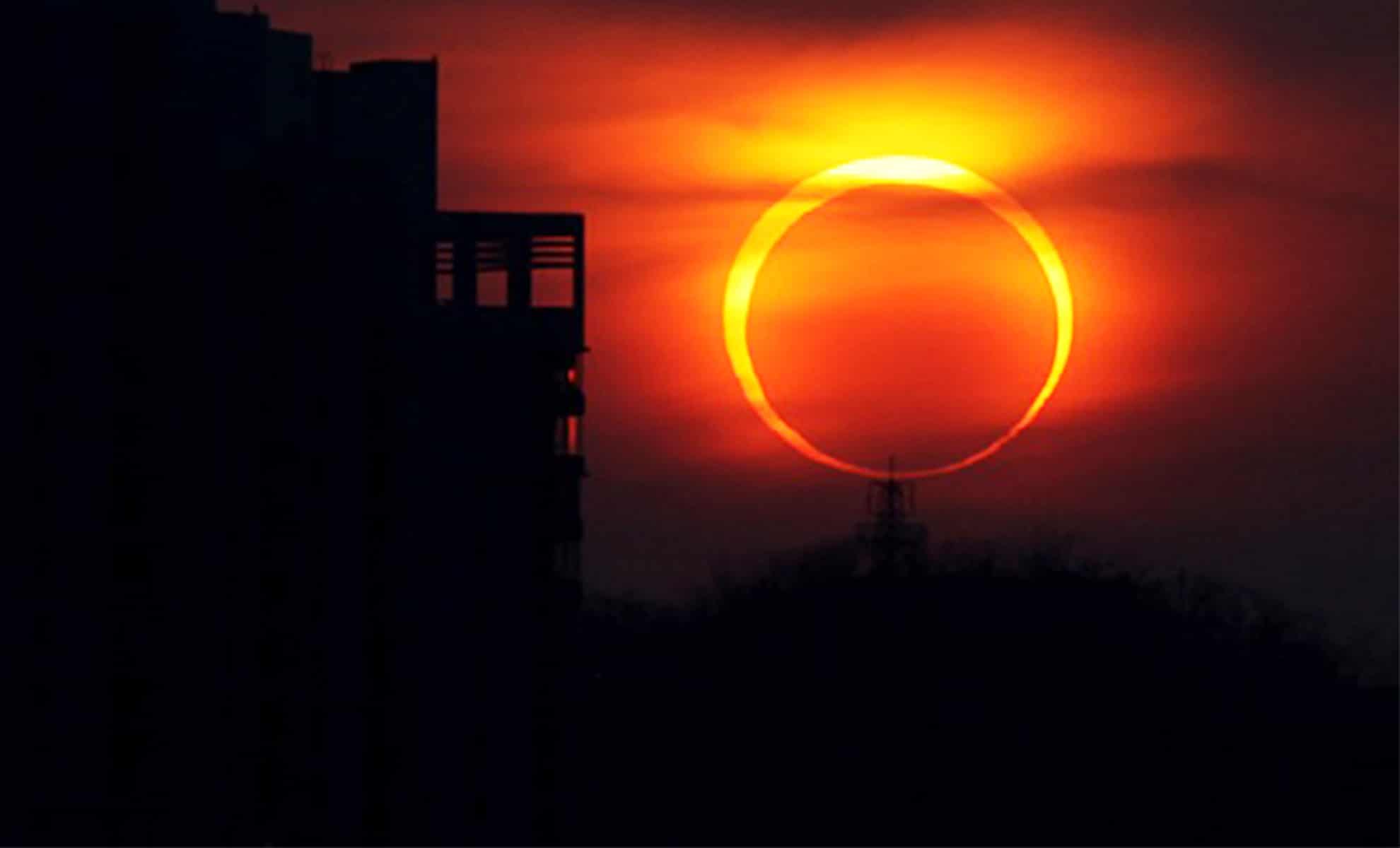
The year 2025 promises to be exciting for astronomy enthusiasts, as it will host two remarkable solar eclipses. The first event, a partial eclipse occurring in March, will be an unforgettable experience for millions across Europe and North Africa. To fully enjoy these celestial displays, observers must plan ahead carefully.
An Enchanting Celestial Event
A solar eclipse happens when the Moon aligns directly in front of the Sun, either partially or completely blocking its light from reaching our planet. This seemingly simple arrangement involves intricate dynamics influenced by the relative distances and alignments of these celestial bodies.
Solar eclipses come in various forms. A total eclipse takes place when the Moon entirely obscures the Sun, revealing the magnificent solar corona. Conversely, an annular eclipse occurs when the Moon is slightly too distant from Earth, producing a brilliant ring of sunlight around its edges.
The partial eclipse anticipated in March 2025 will only cover a part of the Sun, resulting in a visually striking effect, though less dramatic than a total eclipse. Additionally, there is the hybrid eclipse, which alternates between total and annular based on the viewer’s location.
Though total eclipses capture the most attention, partial eclipses happen more frequently and are often easier for the public to witness, providing a fantastic opportunity to observe the movements of celestial objects. While the March 2025 eclipse may not be total, it will still offer a captivating experience in the sky.
An Eventful Year for Astronomy in 2025
In 2025, skywatchers can anticipate two significant solar eclipses. The initial event will occur on March 29, with a partial eclipse visible across Europe, North Africa, and portions of the North Pole. The second will take place on September 21, featuring another partial eclipse observable from various regions worldwide.
While neither of these eclipses will be total, they hold great importance to both astronomers and enthusiasts alike. Observing these phenomena allows scientists to explore the interactions among the Sun, Moon, and Earth, while providing the public with an extraordinary and awe-inspiring experience.
Timing and Viewing Details for the March 29, 2025 Eclipse
The March 29, 2025, eclipse will occur according to a specific schedule. The event will begin at 7:50 AM (Paris time), reach its peak at 11:47 AM, and conclude at 1:43 PM. Observers positioned in the right locations will enjoy this nearly four-hour occurrence, although visibility will fluctuate based on their geographic settings.
The prime areas for viewing this partial eclipse will be in Europe, North Africa, and sections of the North Pole. Observers closer to the central path of the eclipse will experience a more pronounced obscuration of the Sun by the Moon.
Weather conditions will play a critical role in the quality of the viewing experience. A clear sky is vital for optimal observation, so selecting locations with minimal cloud cover is recommended. Elevated areas or regions known for stable weather patterns will enhance the chances of an unobstructed view.


Tips for Safe Eclipse Viewing
Directly gazing at the Sun without proper eye protection can lead to serious and irreversible damage. To safely enjoy the eclipse, it is crucial to use certified eclipse glasses (ISO 12312-2), specifically designed to filter out harmful solar radiation.
Regular sunglasses, regardless of how dark they may seem, do not offer adequate protection against UV and infrared rays.
For those utilizing telescopes or binoculars, solar filters are essential to protect both the eyes and the equipment. Another effective and safe method is indirect projection, where the eclipse is projected onto a screen or surface using a pinhole projector or similar device.
Ensuring proper eye protection is vital for experiencing the eclipse without risking vision impairment. Everyone planning to observe this celestial event should consider these safety measures seriously.









